You may be surprised to realize the significant role that metal detecting plays in uncovering history and shedding light on the past. Metal detectors are not just gadgets for hobbyists; they are powerful tools that help archaeologists and historians unearth lost artifacts and pieces of our heritage.
In this blog post, we will explore the fascinating world of metal detecting and the valuable insights it offers into our rich historical tapestry.
The Tools of Discovery
Types of Metal Detectors
To uncover hidden treasures from the past, metal detectors are necessary tools for metal detecting enthusiasts. There are various types of metal detectors available, each designed for specific purposes such as coin shooting, buried treasure, or gold prospecting. It is crucial to understand the differences between these types to maximize your chances of making significant discoveries.
| Metal Detector Type | Features |
| Very Low Frequency (VLF) | Good for general-purpose detecting and discrimination capabilities |
| Pulse Induction (PI) | Deeper detection for highly mineralized ground or beach hunting |
| Beat Frequency Oscillation (BFO) | Simple and affordable detectors for beginners |
| Multi-Frequency | Advanced detectors offering versatility in different conditions |
| Underwater | Specifically designed for underwater exploration and diving |
Knowing how to metal detect or how to look for specific locations and targets can significantly enhance your metal detecting experience and increase the likelihood of finding valuable artifacts or historical items.
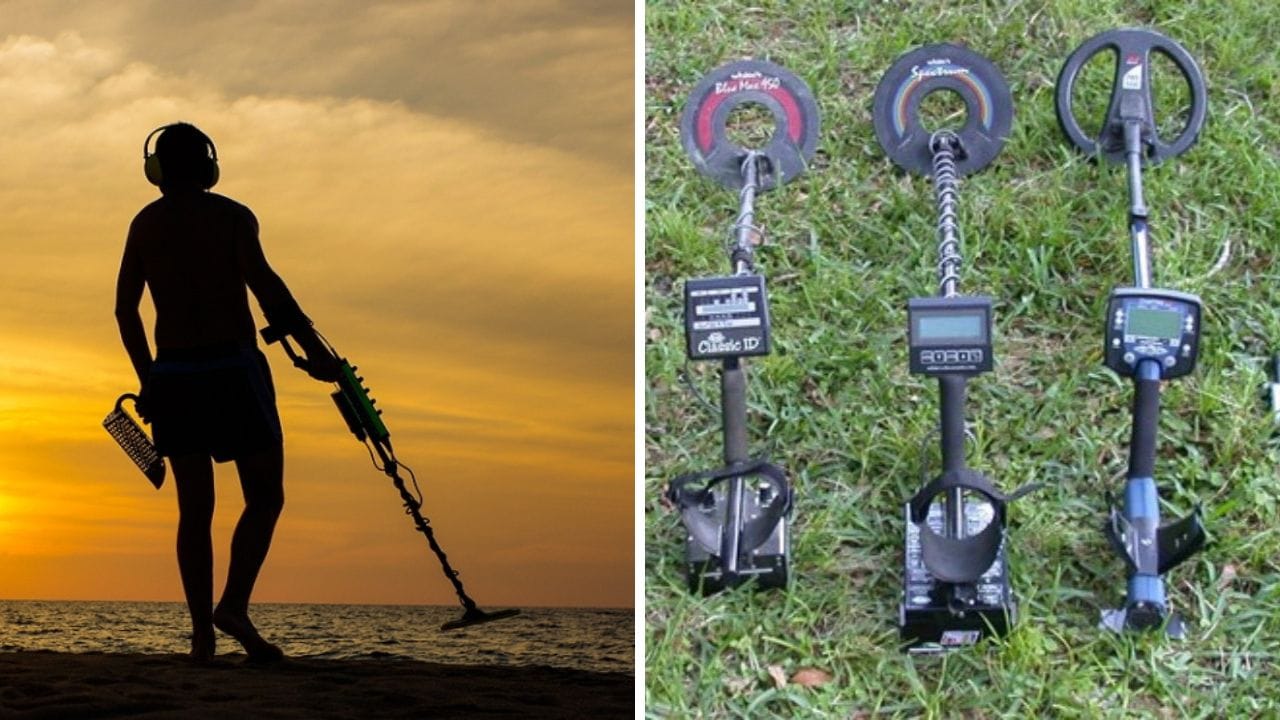
Techniques and Strategies for Effective Searching
To effectively search for relics with historical significance, valuable items, or buried treasures beneath the surface, metal detecting enthusiasts employ various techniques and strategies.
Conducting systematic grid searches, using proper coil sizes for different conditions, and understanding how to distinguish valuable signals from trash are key elements of successful metal detecting.
Tools such as pinpointers, shovels, and digging tools play a crucial role in the process, enabling detectorists to locate and extract buried targets with precision while minimizing damage to the surrounding area.
By combining the right techniques with the appropriate tools, metal detecting enthusiasts can unlock the secrets of the past and uncover fascinating pieces of history.
Unearthing the Past
Artifacts and Metal Objects from Different Eras
One of the most compelling aspects of metal detecting is the ability to uncover artifacts and metallic objects from various historical periods.
From ancient coins to medieval weapons and Civil War relics, each find tells a unique story about the past. The thrill of unearthing these treasures connects us to different eras and cultures, shedding light on the way people lived and the objects they used
The Archaeological Significance of Metal Detection Finds
One of the key aspects of metal detecting is its potential to contribute to archaeological research. Metal objects found through metal detecting can provide valuable insights into past human activities and settlement patterns.
These finds help archaeologists piece together the puzzle of history, filling in gaps and enriching our understanding of the past.
To archaeologists, each metal detection find is more than just a discovery; it is a piece of evidence that can contribute to a deeper understanding of historical events and societal structures.
By meticulously documenting and analyzing these finds, archaeologists can reconstruct past cultures and lifestyles with greater accuracy, adding layers of knowledge to our collective history.
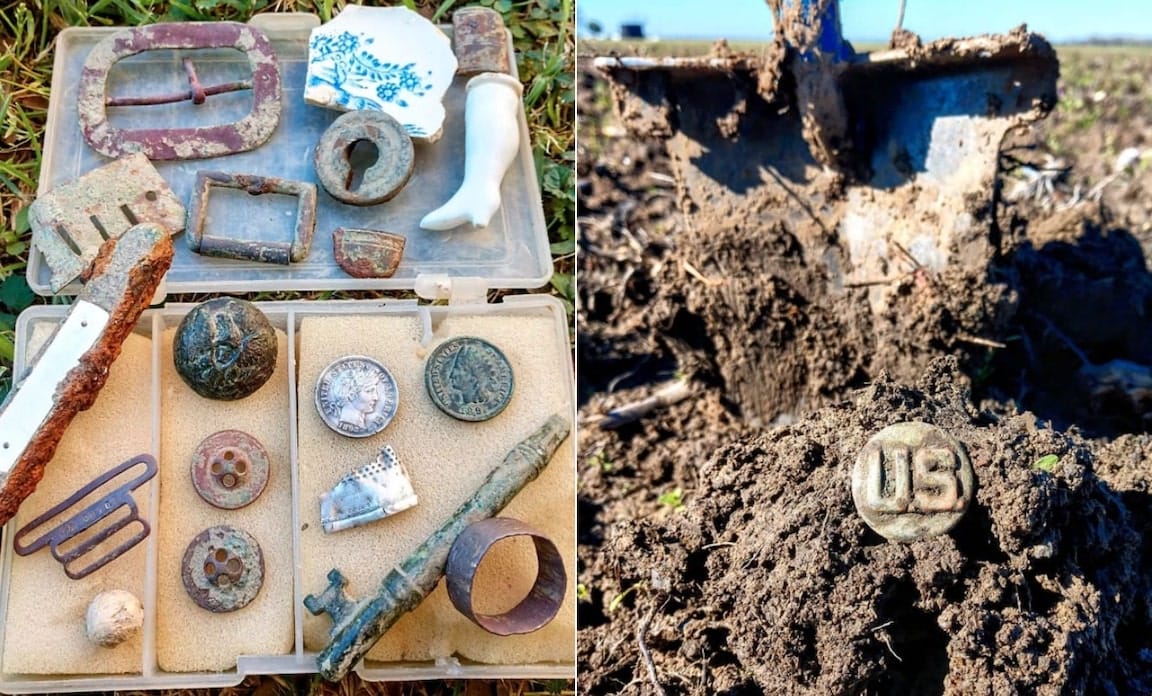
Ethical Considerations and Best Practices
Navigating Laws and Regulations
On the journey of metal detecting to uncover history, it is crucial for enthusiasts to adhere to local laws and regulations regarding the activity. Before heading out, it is crucial to research and understand the laws concerning metal detecting in your area and obtain any necessary permits to ensure compliance.
Preservation and Documentation of Historical Finds
For treasure hunters to preserve and document historical finds uncovered through metal detecting, it is imperative to handle artifacts with care to prevent damage. Proper documentation of the location, depth, and context of the discovery is crucial for historical accuracy and research purposes.
Additionally, consider reaching out to local historical societies or archaeologists for guidance on preservation techniques.
The preservation and documentation of historical finds play a crucial role in uncovering the past and contributing to our understanding of history. By meticulously recording details about the artifacts and their find spots, valuable information can be preserved and shared with the broader historical community.
Proper documentation also helps in establishing provenance, ensuring the authenticity and credibility of the discoveries.
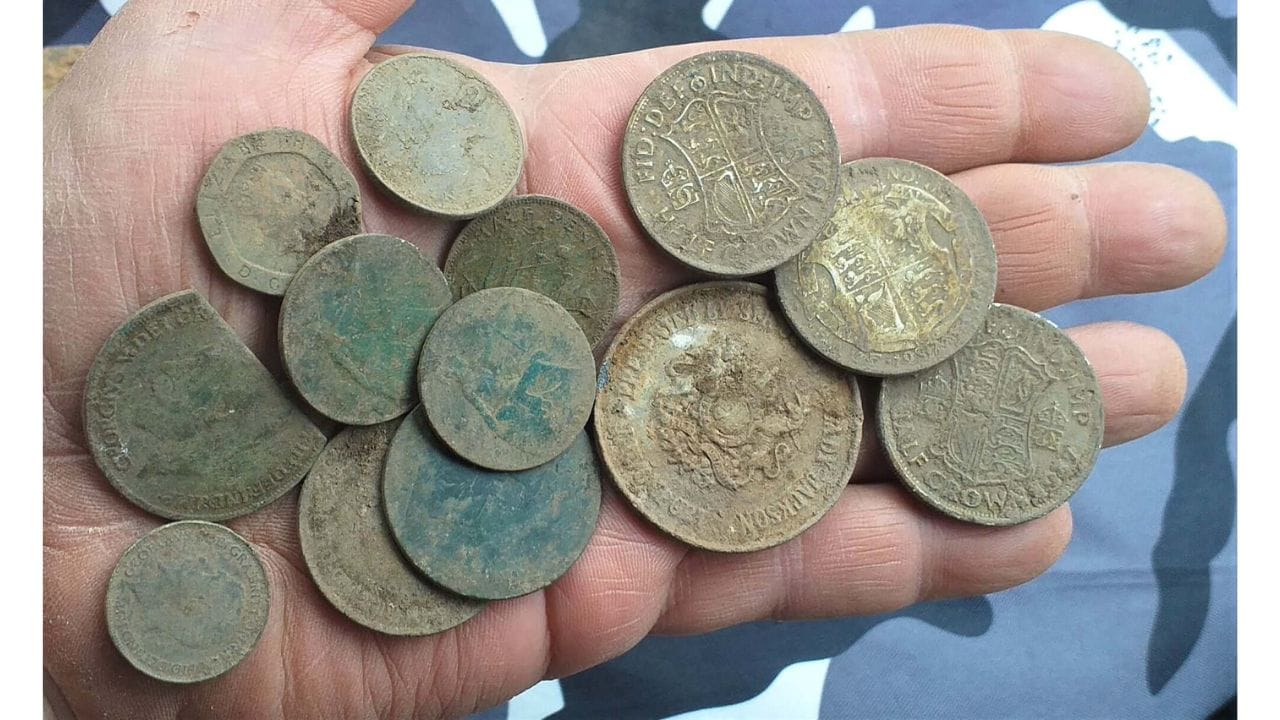
Interpreting and Preserving History
Collaboration with Historians and Archaeologists
All metal detectorists play a vital role in uncovering historical artifacts, but their finds are truly brought to life through collaboration with historians and archaeologists.
These experts provide valuable context and insight into the significance of unearthed objects, helping to piece together the puzzle of the past. By working together, metal detectorists and scholars can ensure that historical discoveries are properly documented and preserved for future generations.
Public Engagement and Education Through Discoveries
If you're treasure hunting, you'll need to know that any discovery made through metal detecting can serve as a powerful tool for public engagement and education. These artifacts provide tangible connections to the past, sparking curiosity and interest to a history buff among individuals of all ages.
Through exhibitions, talks, and educational programs, the stories behind these discoveries can be shared with the public, enriching our understanding of the past and inspiring a new generation of history enthusiasts.
For instance, a coin found in a field may seem like a simple object, but when placed in its historical context, it can illuminate trade routes, economic practices, and political dynamics of a bygone era.
Such discoveries not only offer a glimpse into the past but also encourage a deeper appreciation for the richness and complexity of history.
Stuff You Need To Know!
Here at TopRatedStuff.com the outdoors is our home. We offer comprehensive reviews on all outdoor gear, sporting goods, and many other top rated products. If you’re a Camper/Backpacker/Fisherman, we’ve got you covered!
If you’re into Tennis/Golf/Pickleball, we’ve got everything you need including informative tutorials and informational articles. Maybe you’re a Prospector/Miner? We’ve got all the gear you need to get started and many great articles that will help you succeed!
We read through countless reviews online and only talk about the best rated top selling products so you can skip all the research and purchase whatever it is you’re looking for, quickly and efficiently!
Thanks Again for checking out our site and we hope you come back and visit us for any of your purchases! Natures gym is always open! Find your Zen outside!
FAQ's
What is metal detecting?
Metal detecting is a hobby and technique used to locate metal objects underground by using a metal detector device.
How can metal detecting shed light on history?
Metal detecting can uncover artifacts and objects that provide insight into past cultures, events, and lifestyles, helping archaeologists and historians piece together historical narratives.
Where is metal detecting allowed?
Metal detecting is allowed in public spaces such as parks, beaches, and fields, but permission is required for private property and protected historical sites.
What should I consider before metal detecting?
Before metal detecting, it's important to research local laws and regulations, obtain permission to detect on private property, and follow ethical guidelines such as filling any holes dug during the search.
What should I do if I unearth a historical artifact while metal detecting?
If you unearth a historical artifact while metal detecting, it's important to leave it undisturbed, record its location, and contact local authorities or archaeologists to properly excavate and preserve the find.
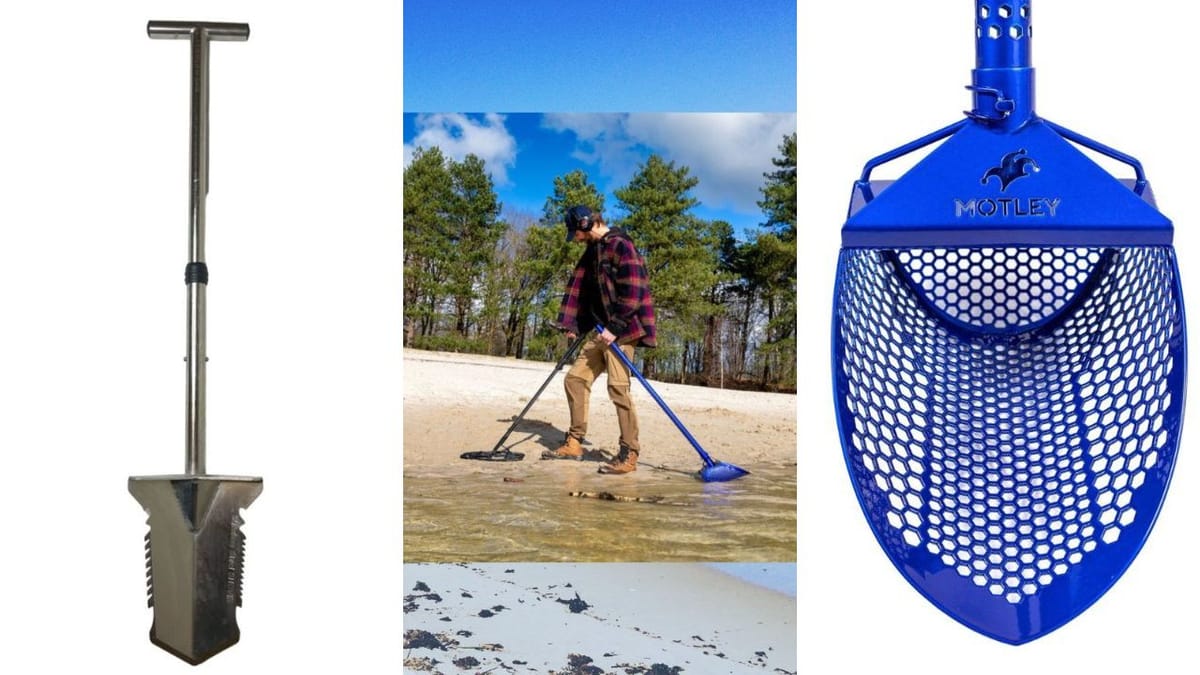


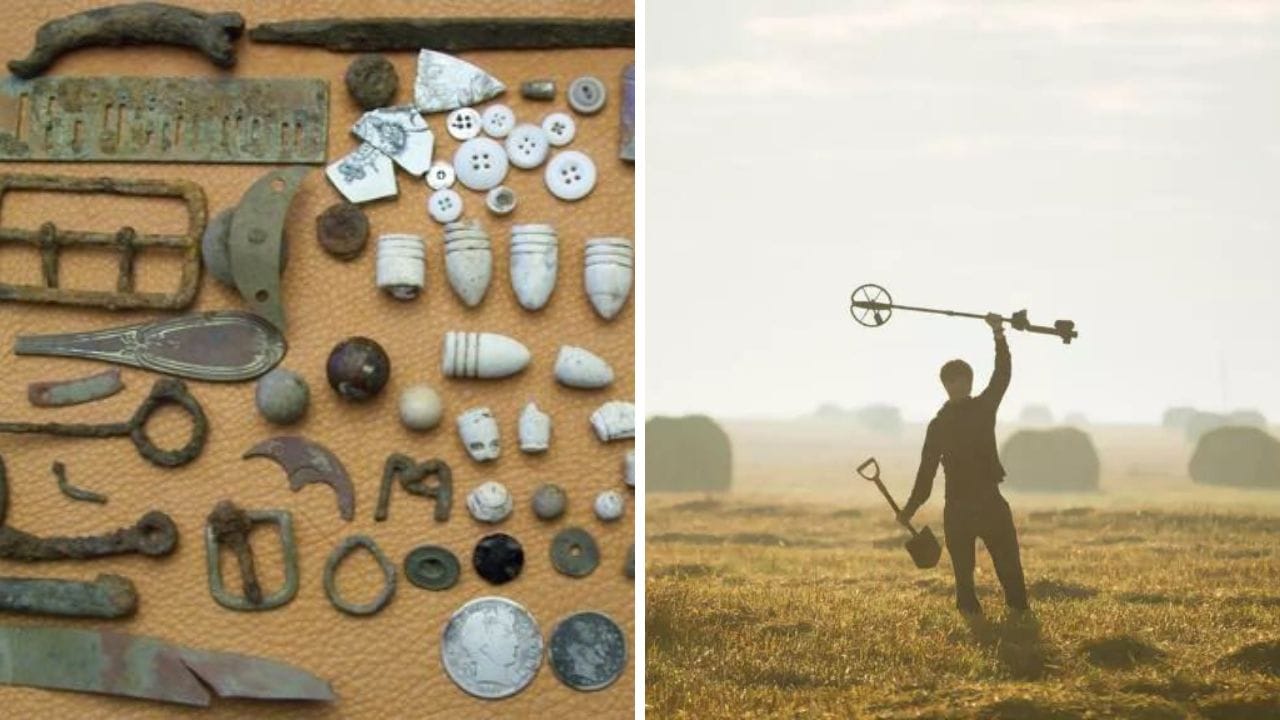





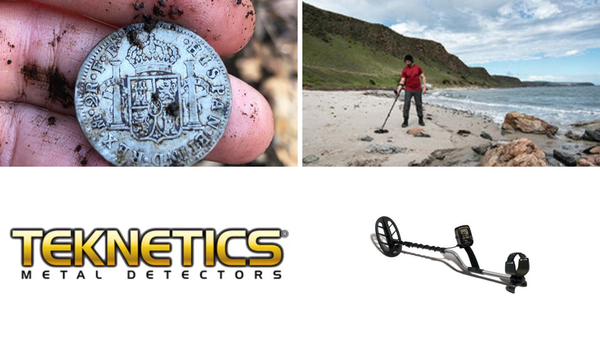
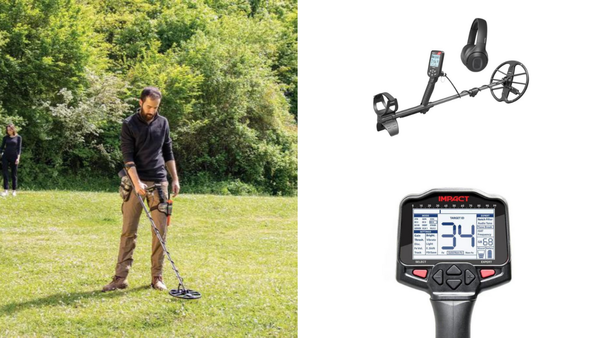
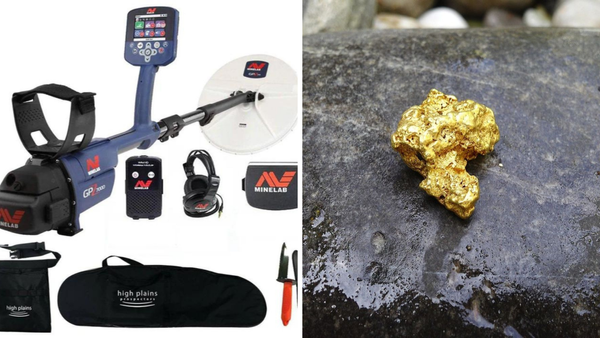
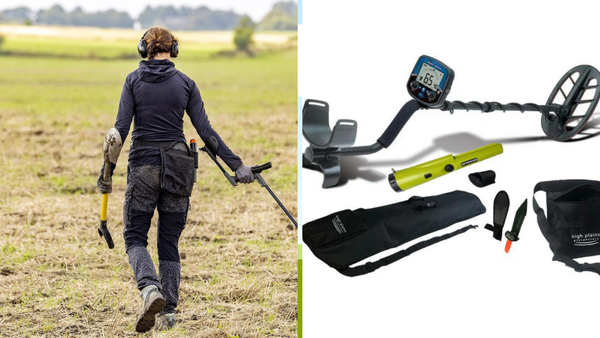
Member discussion